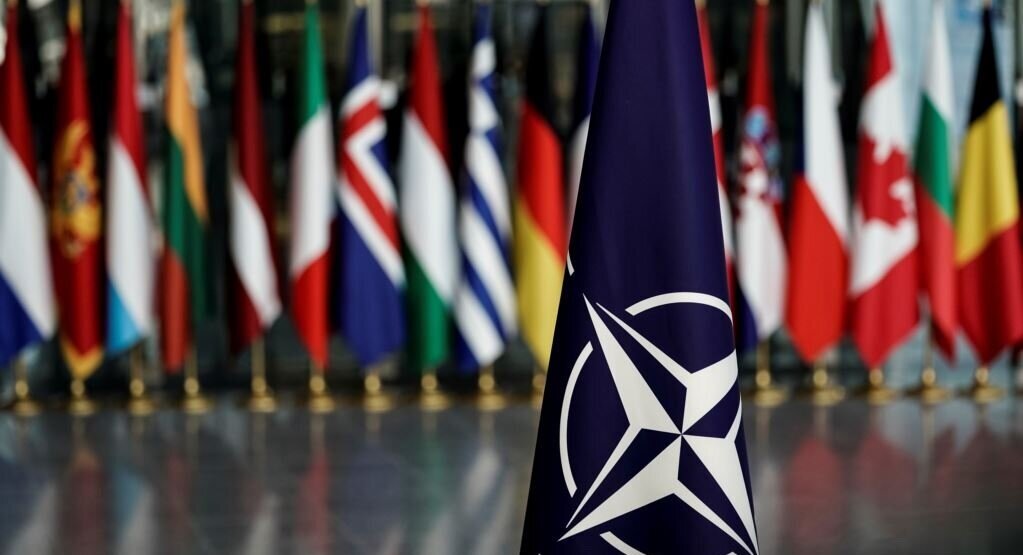How can civil-military relations be used as a lens for us to understand the outcomes of wars in which multinational organizations are involved? This piece uses civil-military relations as a guide (rather than a strict framework) and the specific case of NATO to show the benefit of applying this approach. It shows, using the example of NATO in Afghanistan, how civil-military dynamics within the organization itself structured the campaign and impacted the alliance’s strategy and operations.
The U.S. and Russia: Competing Proxy Strategies in the Russo-Ukrainian War
Russian and U.S. use of proxy strategies complement one another to fuel a war of attrition. Russia’s human wave response to expensive and limited U.S. firepower is not unreasonable, despite perhaps being quite cynical and fatalistic. Russia’s human wave proxy strategy both protects conventional Russian army forces by redirecting combat to disposable proxies and frees the conventional army to reinforce territorial and political gains along the Sea of Azov. Simultaneously, the U.S. proxy strategy is a logical response to an undersized and outgunned Ukrainian military. The Ukrainians fighting at distance with U.S. artillery, missiles, and rockets while using urban terrain to offset Russian strength makes complete sense. But the interaction of these two proxy strategies, both logical in their own right, fuels a devastating war of attrition, depletes weapon stockpiles, and generates significant numbers of casualties.
Partner—Proxy—Glitch: Vertical Coalitions and the Question of Sovereignty in Networks
The conflict in Ukraine offers unexpected insight into a military construct that had previously been mostly theoretical. Ukrainian ground forces, fighting beneath an information domain dominated almost exclusively by American intelligence, surveillance, and reconnaissance capabilities, while no U.S. forces fight in the conflict, is what military theorists and strategists in the 1990s described as a vertical coalition. They conceived it as the future of American warfare, during a brief period in which violent ground-based conflict among powerful states was believed, by some, to be vanishing from the world.
#Reviewing Military Alliances in the Twenty-First Century
In this welcome addition to the literature on alliances, international relations scholar Alexander Lanoszka makes an optimistic case for the continued salience of the U.S.-led alliance system. In his two-hundred-page study, he reviews the most common areas that past studies have focused on: alliance formation, fears of entrapment and abandonment, burden-sharing, warfare, and alliance termination.
Fear, Honour, and AUKUS in the Indo-Pacific
To date, Australia has enjoyed the benefit of a hedging strategy that embraces the economic prosperity of a close trading relationship with China while maintaining a close security alliance with the U.S. This strategy has been tested recently and the tension between values and interests requires focused attention. If there was previously any doubt on where that pendulum would swing, it is now firmly answered in the announcement of AUKUS, an Australian, U.K. and U.S. security partnership.
#Reviewing Shields of the Republic
The generation living in the aftermath of World War II understood the value of these structures intrinsically. The most effective and efficient way to protect the American homeland and the economy was through global engagement and forward defense. Today, the barriers between nations and empowered subnational actors continue to shrink in the midst of a peacetime international system that is increasingly dominated by competition and coercion between great powers.








